When it comes to gardening, soil plays a crucial role in the success of your plants. Whether you’re a seasoned gardener or a beginner, you might have wondered if it’s possible to mix potting soil with garden soil. In this article, we will explore the topic and provide you with valuable insights to help you make an informed decision.
Can You Mix Potting Soil with Garden Soil?
Using garden soil for potted plants can lead to several issues.
Garden soil is generally heavier and denser than potting soil, which can result in poor drainage and waterlogged roots. Potted plants require a well-draining medium to prevent root rot and promote healthy growth. Additionally, garden soil may contain weed seeds, pests, and diseases that can harm your potted plants.
To make potting soil, you can mix garden soil with various components.
A common mixture includes equal parts garden soil, compost, and either perlite or vermiculite. This combination helps improve drainage, aeration, and nutrient availability for potted plants.
Mixing potting soil with topsoil can be done, but it’s essential to consider the characteristics of both soils. Topsoil is typically heavier and less suitable for containers due to its lower porosity and drainage capacity. It is recommended to add amendments like perlite, vermiculite, or sand to improve drainage and create a more suitable blend for potted plants.
Potting soil can be used in vegetable gardens, especially for container vegetable gardening.
However, it’s important to choose a potting soil mix specifically designed for vegetables. This type of potting soil provides the necessary nutrients and structure for healthy vegetable growth. Using regular potting soil in your vegetable garden can lead to nutrient deficiencies or imbalances.
If you accidentally used garden soil in pots, it’s best to repot your plants with proper potting soil as soon as possible. Remove the plants gently, shake off excess garden soil, and replace it with fresh potting soil. This will ensure optimal growing conditions and help prevent any potential issues caused by unsuitable soil in the long run.
Understanding Potting Soil
Potting soil, also known as potting mix, is specifically formulated for container gardening. It is a blend of various organic and inorganic materials such as peat moss, vermiculite, perlite, and compost. Potting soil provides the necessary nutrients, water retention, and drainage required for healthy plant growth in containers.
The Importance of Garden Soil
Garden soil, on the other hand, refers to the soil found in your outdoor garden beds. It is a complex ecosystem consisting of minerals, organic matter, microorganisms, and other components. Garden soil naturally provides the nutrients and support needed for plants to thrive in the ground.
Pros and Cons of Mixing Potting Soil with Garden Soil
Mixing potting soil with garden soil can have both advantages and disadvantages. Let’s explore them in more detail:
Pros:
Cost-Effective: By blending potting soil with garden soil, you can reduce the overall cost of soil amendments.
Improved Water Retention: Potting soil’s ability to retain water can be beneficial in garden beds, especially during dry periods.
Nutrient Enrichment: Potting soil often contains added nutrients, which can enhance the nutrient content of garden soil.
Cons:
Drainage Issues: Mixing potting soil, which is designed for containers, with garden soil may compromise the natural drainage characteristics of garden beds.
Nutrient Imbalance: Potting soil may have different nutrient ratios compared to garden soil, potentially leading to imbalances.
Soil Structure Alteration: The texture and structure of garden soil can change when mixed with potting soil, affecting root growth and overall plant health.
Factors to Consider
Before deciding to mix potting soil with garden soil, consider the following factors:
Plant Types: Different plants have specific soil requirements, so evaluate the needs of your plants before making any adjustments.
Soil Composition: Assess the composition of your garden soil, including its pH level, nutrient content, and texture.
Drainage: Consider the drainage capacity of your garden beds and how mixing potting soil might impact it.
Climate and Weather Conditions: Your local climate and weather patterns can influence the suitability of mixing potting soil with garden soil.
Guidelines for Mixing Potting Soil with Garden Soil
If you decide to proceed with mixing potting soil and garden soil, follow these guidelines:
- Assess Ratios: Aim for a mixture of approximately 1 part potting soil to 3 parts garden soil.
- Combine Thoroughly: Mix the two types of soil together thoroughly, ensuring an even distribution.
- Maintain Drainage: Add perlite or vermiculite to improve drainage if necessary.
- Test Soil pH: Use a soil testing kit to check the pH level and make any necessary adjustments.
- Amend Nutrients: Consider adding organic matter or balanced fertilizer to replenish nutrient levels.
Alternative Options
Instead of mixing potting soil with garden soil, you can explore alternative options:
- Soil Amendments: Use organic matter such as compost, well-rotted manure, or leaf mold to enrich garden soil.
- Raised Beds: Create raised beds and fill them with a well-balanced soil mix suitable for the specific plants you intend to grow.
- Container Gardening: Opt for container gardening using potting soil, which provides more control over soil composition.
Best Practices for Soil Preparation
To ensure optimal plant growth, follow these best practices for soil preparation:
- Remove Weeds: Clear the garden bed of weeds and debris before working with the soil.
- Loosen Soil: Use a garden fork or tiller to loosen compacted soil, improving aeration and root penetration.
- Add Organic Matter: Incorporate organic matter to enhance soil fertility and structure.
- Avoid Overwatering: Provide adequate drainage to prevent waterlogged soil, which can harm plant roots.
Common Mistakes to Avoid
Avoid these common mistakes when working with soil:
- Overmixing: Excessive mixing of potting soil and garden soil can disrupt the natural balance and affect plant health.
- Using Poor-Quality Soil: Ensure that both the potting soil and garden soil are of high quality to provide the best conditions for your plants.
- Neglecting Soil Testing: Regularly test the soil’s pH level and nutrient content to identify any deficiencies or imbalances.
Enhancing Soil Fertility
To enhance soil fertility naturally, consider these methods:
- Composting: Start a compost pile to produce nutrient-rich compost for your garden.
- Crop Rotation: Rotate crops each season to reduce nutrient depletion and prevent soil-borne diseases.
- Cover Cropping: Plant cover crops during fall or winter to improve soil structure, control erosion, and fix nitrogen.
Testing Soil Composition
Regularly testing your soil composition helps you understand its characteristics and make appropriate adjustments. Use soil testing kits or consult your local agricultural extension office for professional soil analysis.
Container Gardening and Potting Soil
For container gardening, potting soil is the preferred choice. It provides the necessary drainage, aeration, and nutrient retention for potted plants. Remember to select the appropriate potting soil mix based on the specific needs of your plants.
Improving Drainage and Aeration
To improve drainage and aeration in garden beds, consider these methods:
Raised Beds: Elevate garden beds to enhance drainage and prevent waterlogging.
Amending with Organic Matter: Add organic matter, such as compost or peat moss, to improve soil structure and drainage.
Incorporate Sand or Grit: Mix coarse sand or horticultural grit into heavy clay soils to enhance drainage.
Choosing the Right Soil Amendments
When amending soil, choose the right amendments based on your soil composition and the specific needs of your plants. Common soil amendments include compost, well-rotted manure, peat moss, vermiculite, perlite, and organic fertilizers.
Seasonal Considerations
Consider seasonal factors when working with soil:
Spring Preparation: Prepare garden beds in spring by loosening the soil and adding amendments before planting.
Fall Maintenance: Amend garden soil during the fall to replenish nutrients and improve soil structure during the dormant season.
Can I mix potting soil and garden soil in equal amounts?
It is generally recommended to use a ratio of 1 part potting soil to 3 parts garden soil for an optimal blend.
Will mixing potting soil with garden soil affect plant growth?
Mixing potting soil with garden soil may alter soil characteristics, which can impact plant growth. Consider the needs of your plants before making any adjustments.
Can I use potting soil alone for outdoor gardening?
Potting soil is primarily designed for container gardening. It may not provide sufficient drainage and aeration for plants grown directly in the ground.
How often should I test my garden soil?
It is advisable to test your garden soil every 2 to 3 years or whenever you notice significant changes in plant health or growth.
What are the benefits of composting for soil fertility?
Composting enriches soil by improving its structure, increasing nutrient content, and fostering beneficial microbial activity.
Conclusion
In conclusion, while mixing potting soil with garden soil can have both advantages and disadvantages, it’s important to carefully consider the needs of your plants, the soil composition, and the desired outcomes. Assessing factors like drainage, nutrient balance, and climate will help you make an informed decision.
Remember, alternative options such as soil amendments, raised beds, or container gardening can also provide successful gardening experiences. By following best practices for soil preparation, avoiding common mistakes, and prioritizing soil fertility, you can create an optimal environment for your plants to thrive.
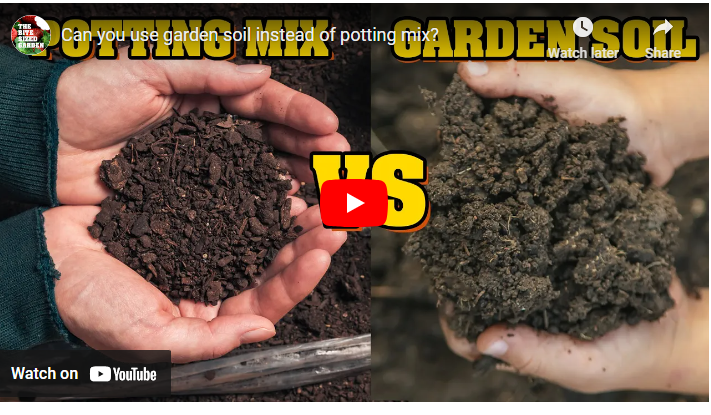
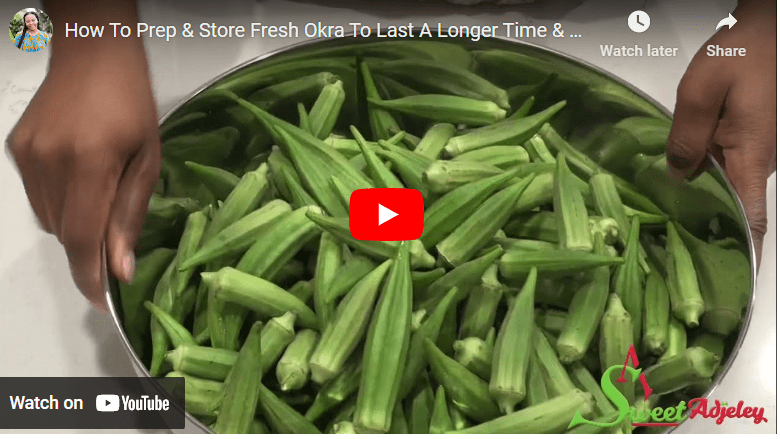
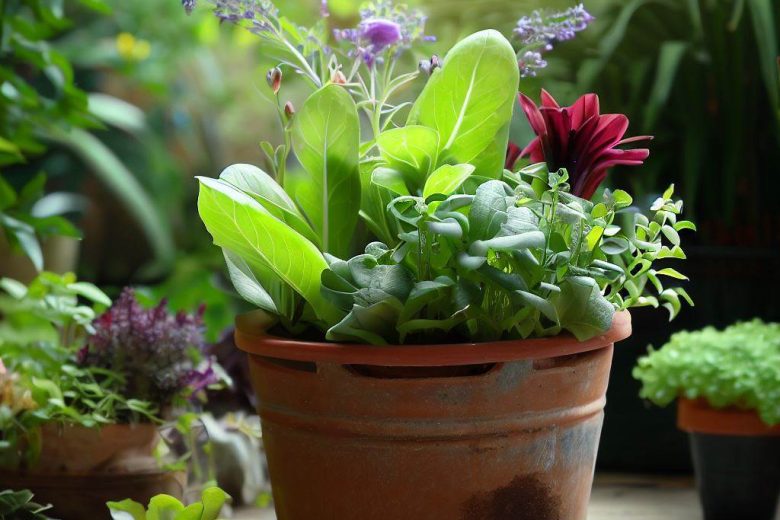
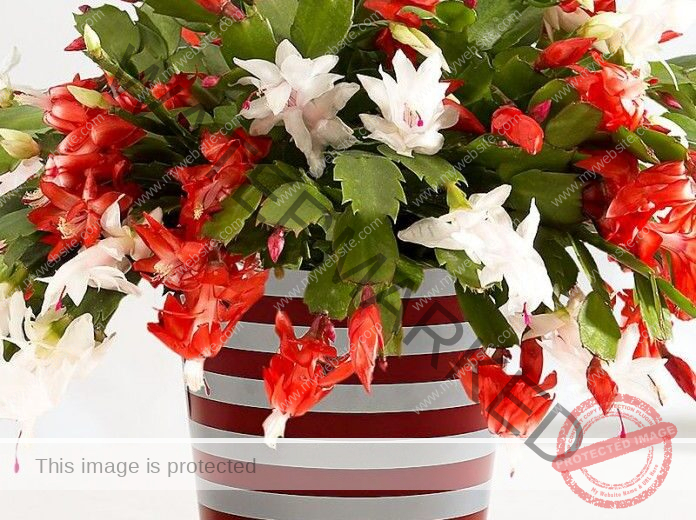
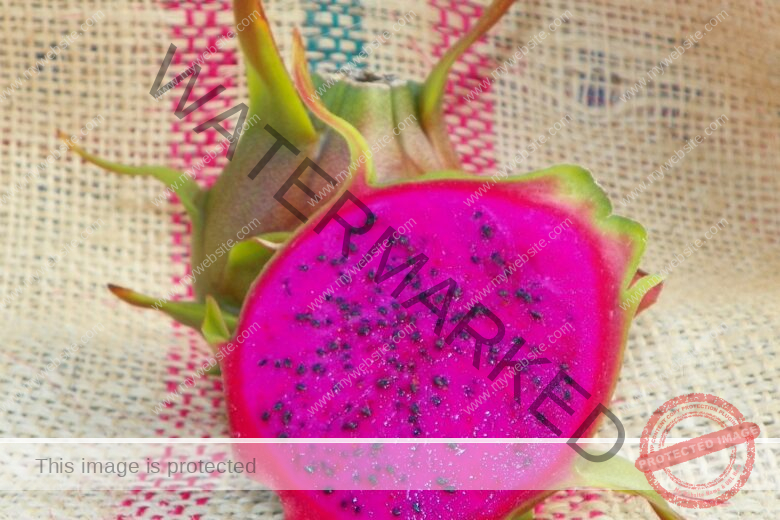
One Reply to “Can You Mix Potting Soil with Garden Soil?”